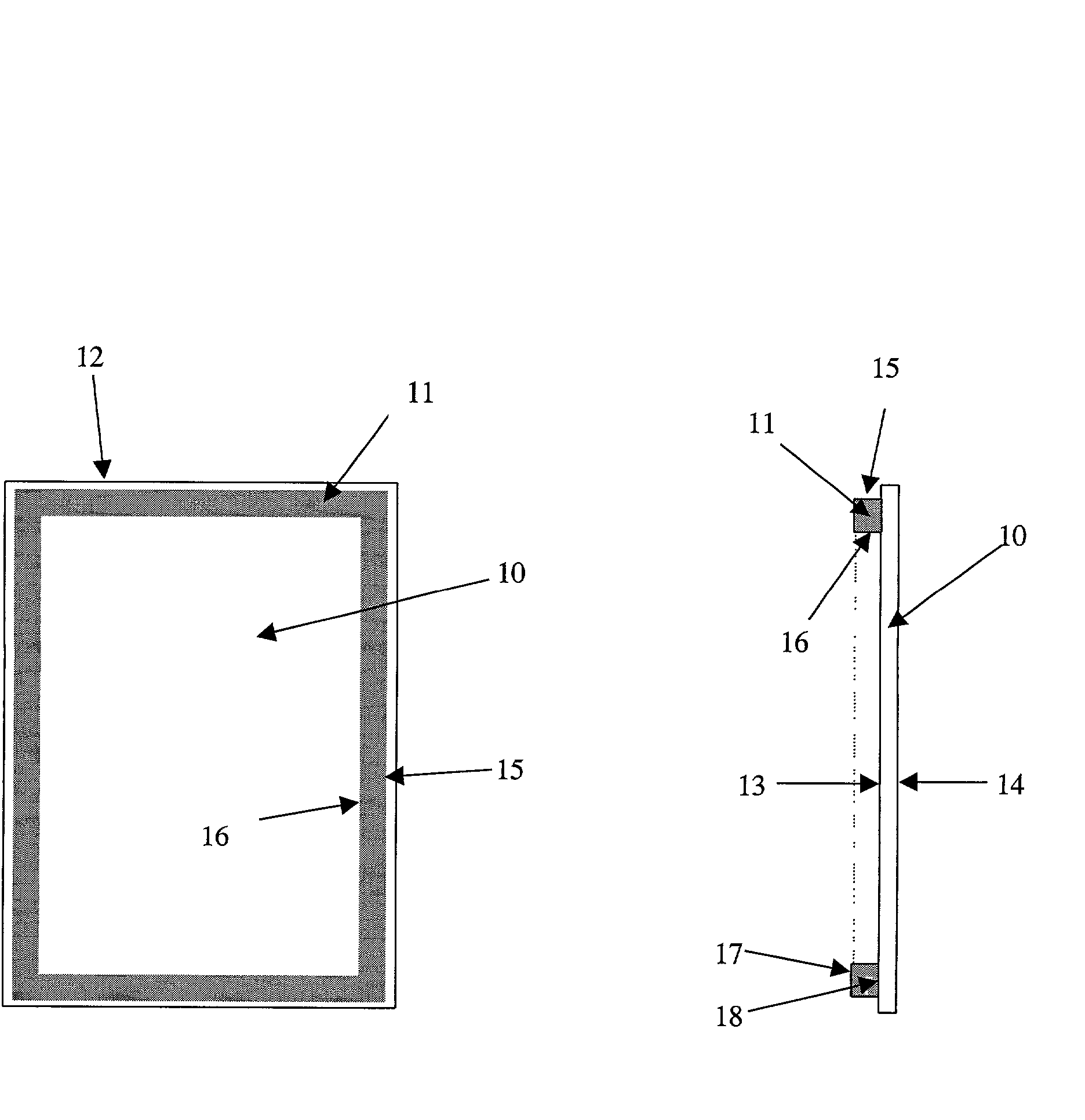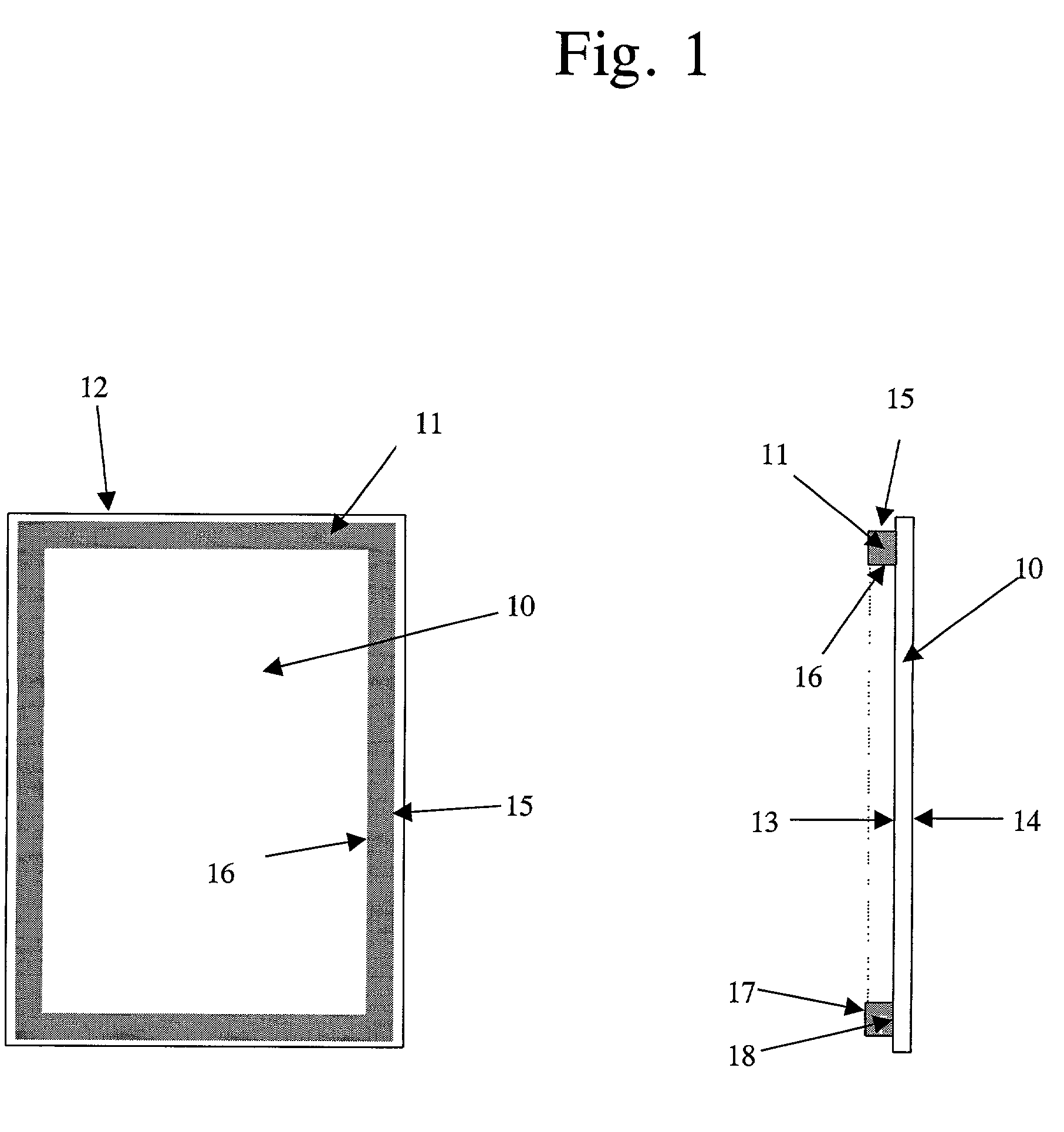Flexible laminates and housings for batteries
a technology of flexible laminates and batteries, applied in the direction of cell components, jackets/case materials, cell component details, etc., can solve the problems of difficult and expensive replacement of individual cells which have become non-functional, single most expensive component of battery packs in electric and hybrid vehicles, and limited location of battery packs, etc., to achieve the best chemical resistance and reduce melting points
- Summary
- Abstract
- Description
- Claims
- Application Information
AI Technical Summary
Benefits of technology
Problems solved by technology
Method used
Image
Examples
Embodiment Construction
[0022] The present invention provides polymer laminates for use in battery housings, battery housings made from those laminates, and batteries made from battery cells packaged and sealed in those housings.
[0023] As used herein, the term "battery" may include a single cell, or a number of cells connected in either series or parallel to furnish electrical current. Examples of cells that can be used in the present invention include alkali metal or alkaline earth metal type batteries. In addition, both primary and secondary battery cells may be used. A cell includes an electrolyte, a pair of leads, and an anode and a cathode which extend from the exterior of the pouch to the electrolyte contained in the interior cavity of the pouch to provide electric power.
[0024] Each laminate of the present invention is constructed from at least two different polymers. The first polymer, known as the barrier polymer, is chemically resistant to chemicals typically found in battery cells, including elec...
PUM
| Property | Measurement | Unit |
|---|---|---|
| melting point | aaaaa | aaaaa |
| temperature | aaaaa | aaaaa |
| melting points | aaaaa | aaaaa |
Abstract
Description
Claims
Application Information
 Login to View More
Login to View More - R&D
- Intellectual Property
- Life Sciences
- Materials
- Tech Scout
- Unparalleled Data Quality
- Higher Quality Content
- 60% Fewer Hallucinations
Browse by: Latest US Patents, China's latest patents, Technical Efficacy Thesaurus, Application Domain, Technology Topic, Popular Technical Reports.
© 2025 PatSnap. All rights reserved.Legal|Privacy policy|Modern Slavery Act Transparency Statement|Sitemap|About US| Contact US: help@patsnap.com



